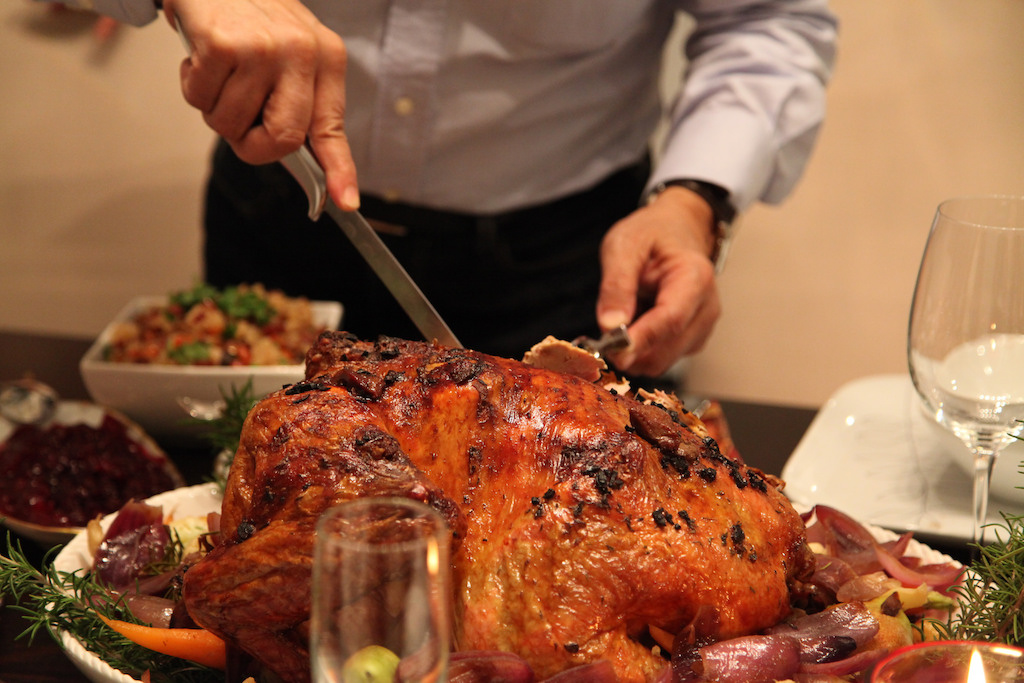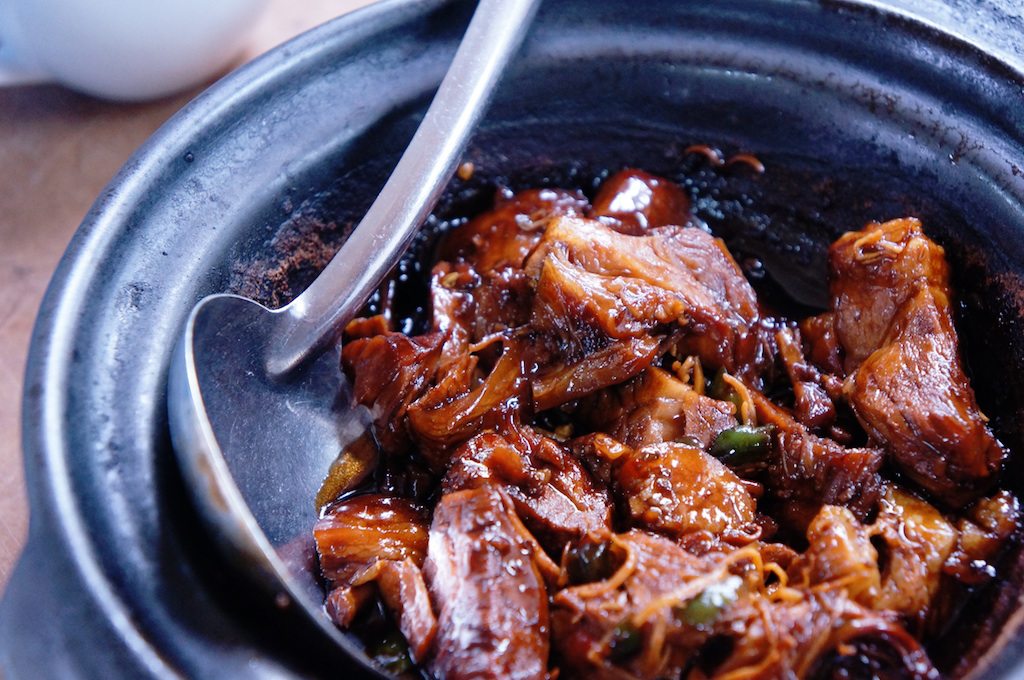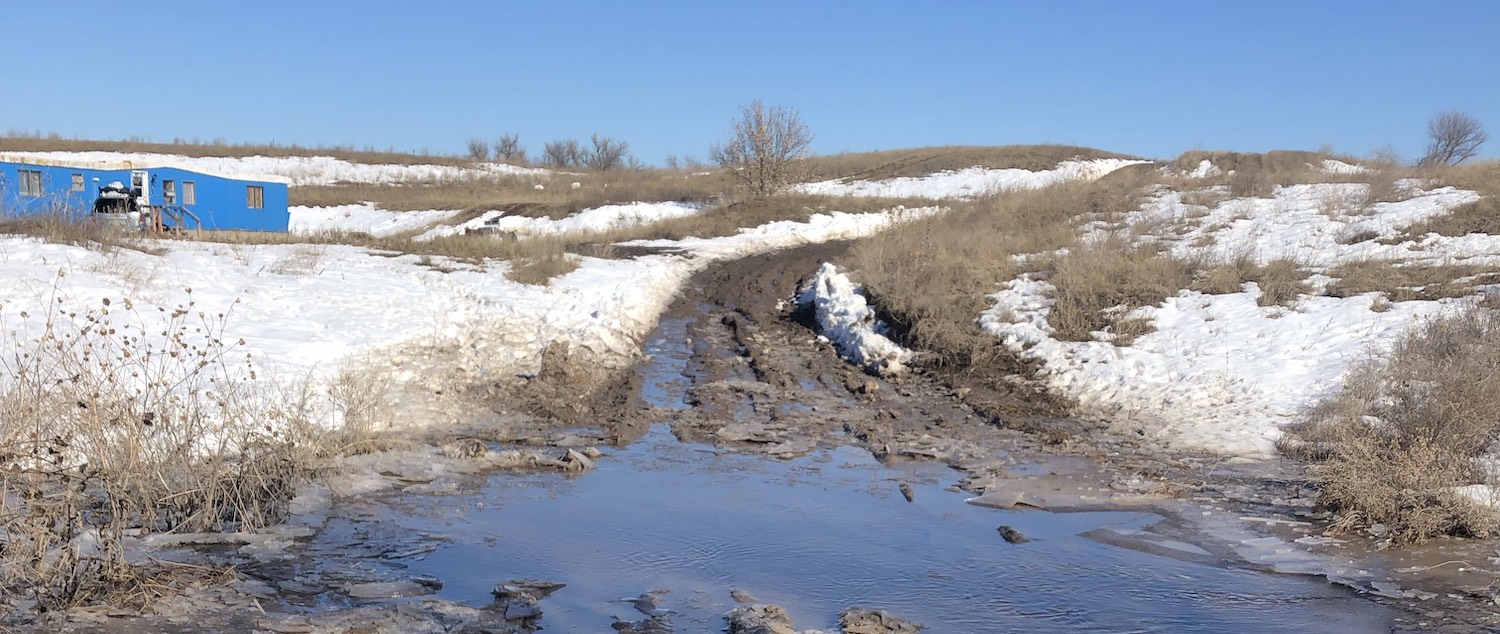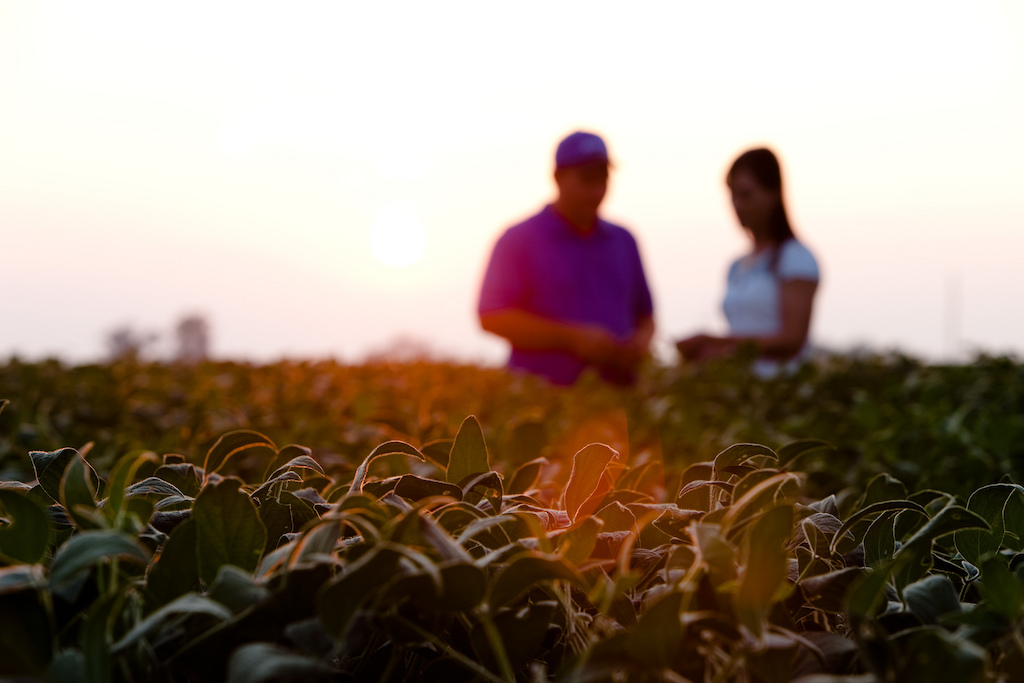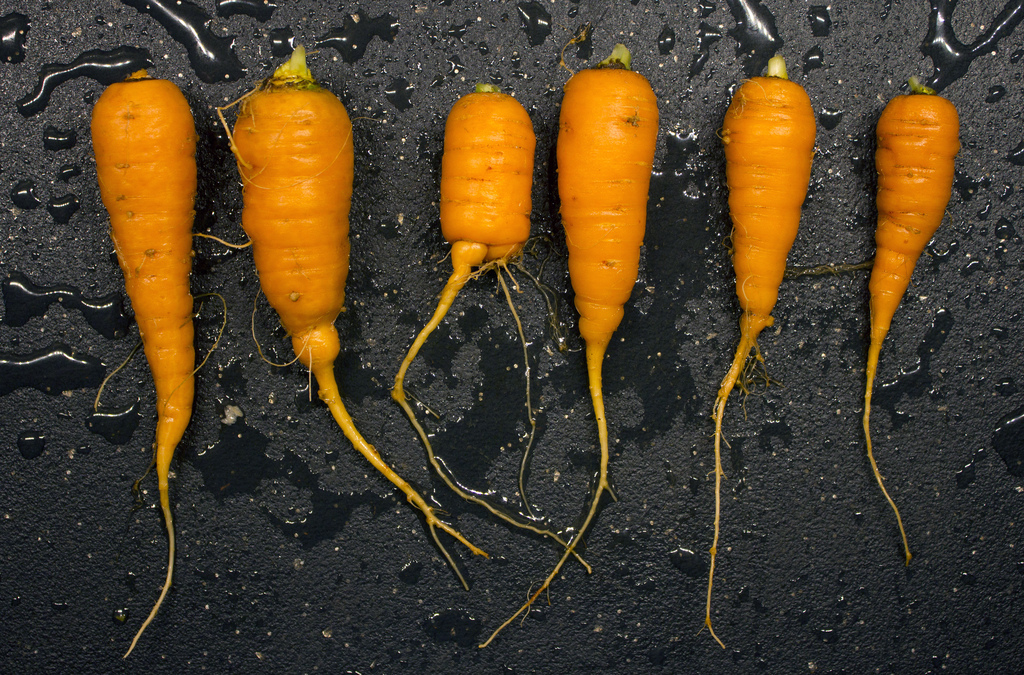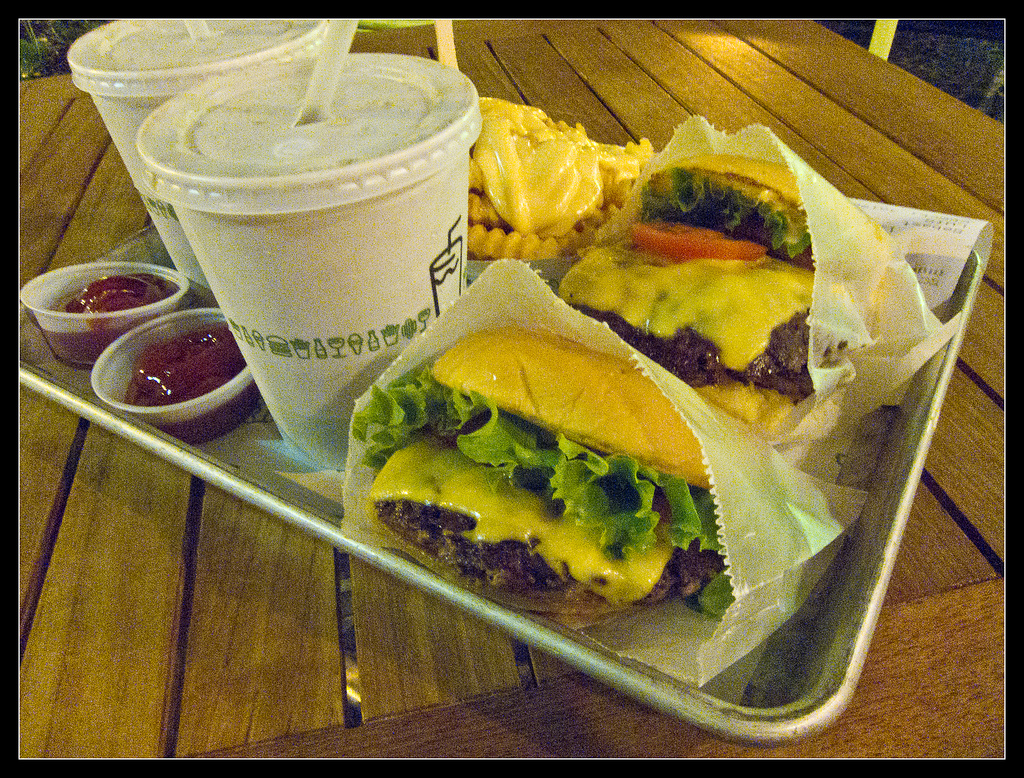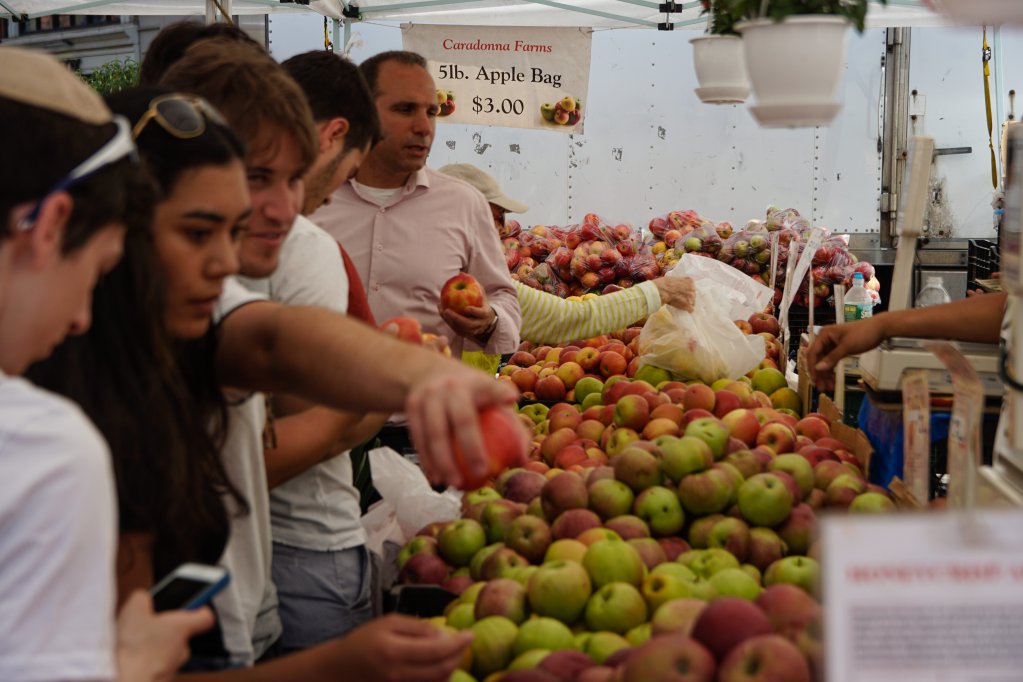
Prashanth Kamalakanthan
In August of 2016, Governor Andrew Cuomo announced the launch of New York State Grown & Certified, a statewide food certification program. It includes a “Grown & Certified” produce label as well as plans for a new 120,000-square-foot food hub in the South Bronx, which will contain a wholesale farmers’ market, a cold-storage facility for farmers, a food-processing center, and other infrastructure to support local food businesses.
“Good for New York’s food industry, good for New York’s families,” the campaign reads.
 To be clear, the New York program isn’t the first of its kind in the country. In fact, it’s far from it. Every state in the union has had an agricultural marketing program to promote locally sourced products, in conjunction with nationwide pushes such as the Buy Fresh, Buy Local campaign and widely publicized efforts by Michelle Obama.
To be clear, the New York program isn’t the first of its kind in the country. In fact, it’s far from it. Every state in the union has had an agricultural marketing program to promote locally sourced products, in conjunction with nationwide pushes such as the Buy Fresh, Buy Local campaign and widely publicized efforts by Michelle Obama.
There’s no doubt that national interest in locally grown food is now leagues beyond a cultural trend. As of 2014, there were 8,268 operating farmers’ markets in the nation, up 180 percent since 2006, when the local food movement was already well underway, following a 200-percent surge from the period of 1994 to 2009.
Wendy White, a marketing specialist for the Colorado Proud certification program, has witnessed the shift firsthand. “I’ve been with the department for 16 years—almost the entire life of Colorado Proud,” she says. “When I first started, trying to get producers on board and get membership going took education to explain what we were doing and why it was beneficial. Sixteen years ago, it wasn’t as hip to be local.” Now, customers are running up to her booth at markets, gushing with enthusiasm.
 A state certification or labeling program is essentially a marketing campaign. It requires heavy funding. Rhode Island, the smallest state in the union, considered launching its own locally sourced certification program but didn’t pursue it after being quoted $300,000 to $400,000, says Kenneth Ayars, chief of the Division of Agriculture within the Rhode Island Department of Environmental Management. Meanwhile, Jersey Fresh worked off an initial state appropriation of $350,000 to run its program, and Certified South Carolina is a cooperative effort between farmers, processors, wholesalers, retailers, and the South Carolina State Department of Agriculture, which currently budgets approximately $3.4 million to run the marketing department and all programming.
A state certification or labeling program is essentially a marketing campaign. It requires heavy funding. Rhode Island, the smallest state in the union, considered launching its own locally sourced certification program but didn’t pursue it after being quoted $300,000 to $400,000, says Kenneth Ayars, chief of the Division of Agriculture within the Rhode Island Department of Environmental Management. Meanwhile, Jersey Fresh worked off an initial state appropriation of $350,000 to run its program, and Certified South Carolina is a cooperative effort between farmers, processors, wholesalers, retailers, and the South Carolina State Department of Agriculture, which currently budgets approximately $3.4 million to run the marketing department and all programming.
So is a state certified initiative actually effective?
“It’s very highly integrated with the characteristics of the state,” says Ayars. What works in Rhode Island doesn’t necessarily work in Massachusetts—the need for a locally sourced food-labeling program depends on the unique food system of the individual state. For Ayars, it’s not worth it.
The New York State Grown & Certified Program, though, is ambitiously pursuing more than just a state certification. Its label will tell consumers three things: the product is NYS-grown; in the case of produce, there is a certified food safety plan on the farm; and there is an environmental plan in place, an Agriculture Environmental Management (AEM) plan. While farmers can choose to participate in an AEM assessment, proof they conducted one further enforces the image of local farmers as careful stewards of the land—an investment worthy of consumer dollars.
“Here’s a label that puts the food to a higher standard than anywhere else in the country, because it says something about food safety, transparency, and environmental stewardship,” says Richard Ball, commissioner of the New York State Department of Agriculture and Markets.
This move toward state certification isn’t entirely based on New York’s own initiative. In January 2011, Congress passed the Food Safety Modernization Act (FSMA), which put FDA in charge of food safety on farms. The act’s new level of standardization and verification aimed to ensure that food safety be much more significantly regulated, especially when it comes to produce.The New York State Grown & Certified Program is, in part, a response to this shift.

Flickr/ Selena N.B.H. Often, state marketing programs sponsor events like state fairs. Above, the winning pumpkin and watermelon at the North Carolina State Fair
Working with Empire State Development—creators of the world-famous “I Love NY” marketing brand—the NYS Department of Agriculture tested the market, looking into what resonates with consumers, and came up with a task force for the project. New York needed a strong locally grown label, and the resources certainly exist to develop it. What’s less clear, though, is the much larger endeavor being tacked onto the labeling program: a $20 million food hub project in the Bronx.
“This is an idea that’s been in existence for most of my farming career,” says Commissioner Ball. Through the food hub, small growers upstate—say a corn producer, a berry farm, and a small-scale dairy producer—could more easily aggregate their products for transport and store them in the South Bronx.

Flickr/Doc Searls An aerial view of upper Manhattan and Hunts Point in the South Bronx. The rows of buildings on the lower right corner are the Hunts Point fish market
While the state of New York is investing millions in the South Bronx food hub (as well as the New York State Grown & Certified program), once the hub up and running, Ball hopes that it can sustain itself by the sheer volume, and attendant revenues, of food running through the facility.
A win for everyone, right? Well, almost everyone. Another global food economy irony: though staggering volumes of fresh food move through Hunts Point every day, the South Bronx itself has alarmingly high rates of diabetes and other nutrition-related disorders. And other fresh food efforts in the area have been criticized for more than just passive exclusivity. Residents fought Fresh Direct’s move from Queens to the Bronx, claiming the thousands of diesel trucks that would idle near its warehouses would exacerbate what was already a well-documented problem—one of the nation’s highest rates of asthma.
Creating a way for South Bronx residents to connect with the loads of produce coursing through their streets seems like a no-brainer, and GrowNYC—the environmental non-profit running the city’s farmers’ markets—does already operate the Fresh FoodBox program, a $12 CSA, in the area. Through that program, residents are able to pay for a share of produce on a weekly basis, using SNAP benefits, and don’t have to travel far to get it. However, Fresh FoodBox is at capacity. With the new food hub, Ball expects to scale up from Fresh FoodBox’s current output of 350,000 pounds, to a million pounds of produce into the Bronx in the first year alone.
“This is an opportunity to impact the local economy,” says Robin Burger of Just Food, a New York City-based network of community food projects, “as well as the health and well-being of the people in a neighborhood that has long been neglected.” But she is skeptical that it will do both. Burger hopes that the program creates not only long-term sustainable jobs, but also opportunities for local residents and grassroots institutions to build businesses. To that end, GrowNYC plans to keep the hub open to the public and recruit employees from the South Bronx.
It’s important to remember that a food hub is, strictly speaking, a producer-to-retailer facility. The only way to connect to consumers in the immediate surrounding area will be through the outreach efforts of community centers, churches, schools, or local businesses.. And although the capacity to handle demand for such a large area is greatly expanding, the burden of making that key connection still lies heavily on these organizations, not standard grocery stores.
Though many of the program’s tactics and initiatives are still on the drawing board, community outreach seems to be an extension of the Greenmarket’s work building relationships with producers. While the NYS Department of Agriculture is looking at a processing facility as an incubator for product creation, the food hub will most easily serve those enterprises already participating in the New York local food scene. Yes, the capacity to accommodate small farmers will grow enormously, but farmers still have to jump through some regulatory hoops, and community organizations have to manage the last mile—neither of which the food hub initiative is facilitating.
While the New York State Grown & Certified initiative and the South Bronx food hub plans are undoubtedly a step in the right direction, the state’s focus on direct sourcing from farmers and promotion of locally sourced produce still ends up being tailored to big business. The hub isn’t designed for the one-acre farms made popular by agritourism and the farm-to-table movement, though those farms will have access to it. It’s primarily meant to serve the disappearing mid-sized farms who work at a scale too large to drive three hours to the farmers market each week, or who simply can’t fit all their produce in a single truckload and sell it all to individuals in a day. It’s meant to provide a market for those who are growing enough food to supply a restaurant or a hospital or a senior center, whose customers need to be able to carry vegetables home in trucks, rather than on bikes.
A food hub project like the one in the Bronx shifts our focus away from the boutique farm movement that captured the public’s imagination in the years after Michael Pollan wrote The Omnivore’s Dilemma. But that’s not necessarily a bad thing: Why should local food be limited to individual consumers at the farmers’ market? A state-subsidized warehouse space can give local food access to major buyers who could potentially make big changes in the way food is bought and sold. And if the certification program is successful, more and more people will recognize such a benefit.


